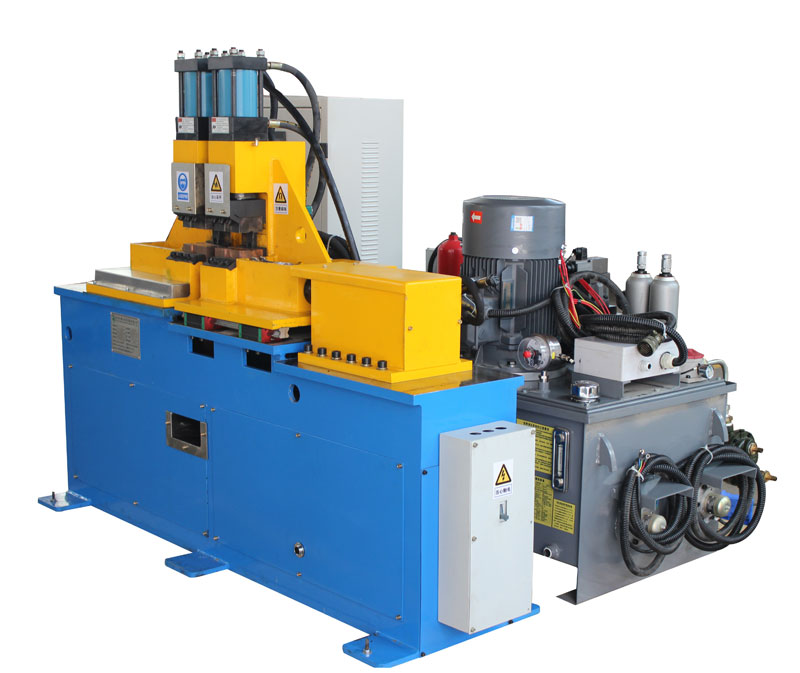The Significance of Preheating in Butt Welding Machines
Preheating is a critical process in butt welding machines that involves raising the temperature of the base metal before initiating the welding operation. Understanding the purpose and benefits of preheating is essential for welders and professionals in the welding industry. This article explores the significance of preheating in butt welding machines, highlighting its role in ensuring successful welds and promoting weld quality.
- Definition of Preheating: Preheating involves heating the base metal to a specific temperature range before welding. The preheating temperature is determined based on the material type, thickness, joint design, and welding procedure.
- Prevention of Cracking: One of the primary purposes of preheating is to prevent cracking in the weld joint. Preheating reduces the temperature gradient between the weld area and the surrounding base metal, minimizing the risk of hydrogen-induced cracking and cold cracking.
- Stress Relief: Preheating also provides stress relief to the base metal. It helps alleviate internal stresses caused by the welding process, reducing the likelihood of distortion and residual stresses in the final weld.
- Improved Weld Toughness: By preheating the base metal, the weld joint attains improved toughness and ductility. This leads to welds with higher impact resistance and enhanced overall mechanical properties.
- Reduced Hydrogen Embrittlement: Preheating helps mitigate hydrogen embrittlement, which is a phenomenon where hydrogen atoms diffuse into the weld metal, causing it to become brittle. The elevated temperature during preheating facilitates the escape of hydrogen, reducing the risk of embrittlement.
- Better Weld Penetration: Preheating aids in achieving better weld penetration, especially in thick materials. The elevated temperature softens the base metal, making it easier for the welding process to penetrate through the joint.
- Ensuring Proper Fusion: Preheating promotes proper fusion between the weld metal and the base metal. This is particularly crucial when working with high-alloy steels and other materials that are prone to poor fusion.
- Minimizing Heat-Affected Zone (HAZ): Preheating helps control the size of the heat-affected zone (HAZ) during welding. A smaller HAZ reduces the risk of metallurgical changes in the base metal, preserving its original properties.
In conclusion, preheating plays a vital role in butt welding machines by preparing the base metal for welding and ensuring successful welds. The process prevents cracking, provides stress relief, improves weld toughness, reduces hydrogen embrittlement, enhances weld penetration, promotes proper fusion, and minimizes the heat-affected zone. By carefully implementing preheating techniques based on material specifications and welding procedures, welders and professionals can achieve high-quality welds with superior mechanical properties. Emphasizing the significance of preheating contributes to the optimization of butt welding operations, fostering safe and reliable metal joining in diverse applications and industries.
